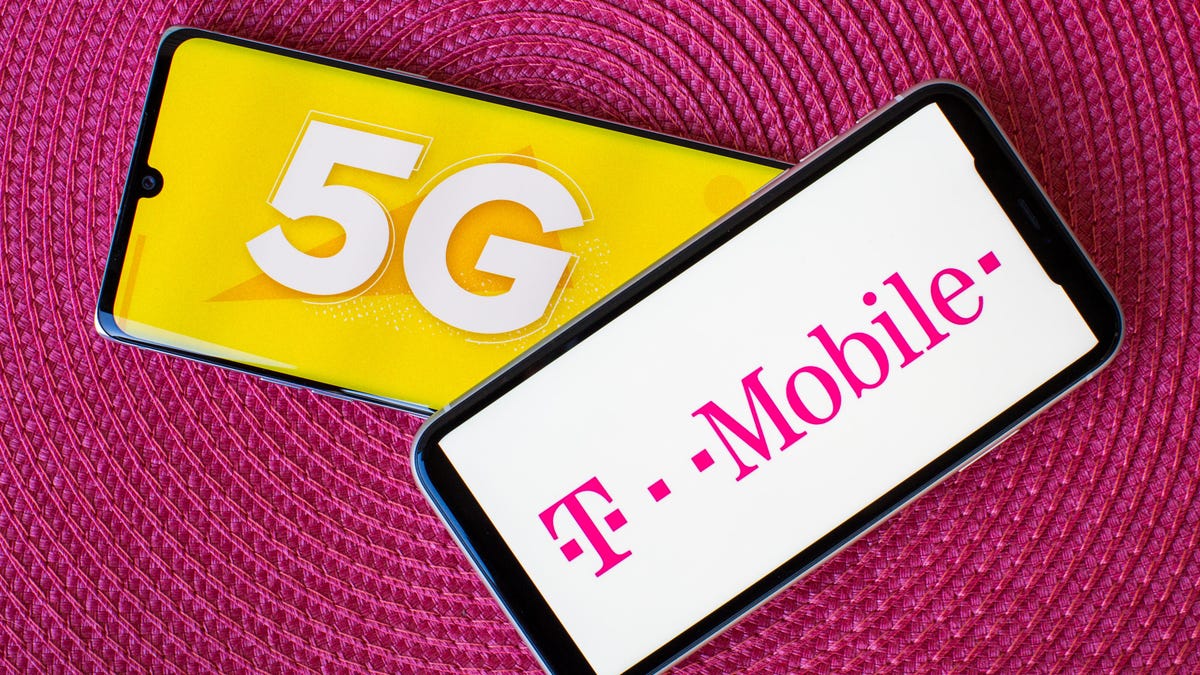T-Mobile adds 5.6 million more customers in 2020
The carrier says its "ultra capacity" 5G network now reached 106 million people.

T-Mobile added 5.6 million customers in 2020.
T-Mobile has announced adding 5.6 million net customers during 2020. It's the most customers added in the carrier's history, T-Mobile revealed in its preliminary full-year results Wednesday.
"Our focus on bringing unmatched value and experience to customers while building and delivering the nation's best 5G network paid off with record-breaking results in 2020," said Mike Sievert, T-Mobile CEO. "Our 5G leadership position is getting stronger every day."
Read more: Verizon vs. AT&T vs. T-Mobile compared: How to pick the best 5G carrier for you
T-Mobile said its "ultra capacity" 5G network now reaches 106 million people. According to T-Mobile, this is 50 times more than Verizon's 5G coverage, although the carriers use different radio waves for their 5G networks.
Verizon uses high-band millimeter-wave 5G spectrum, which is super high speed but limited to traveling short distances and being blocked by solid obstacles like buildings and trees. AT&T uses 850MHz spectrum for its low-band 5G network, which has better range but slower speeds. AT&T and Verizon will also be employing a new technology called Dynamic Spectrum Sharing to share 4G airwaves with 5G and improve performance.
T-Mobile also uses low-band 600MHz spectrum but was also able to integrate Sprint's midband 2.5GHz spectrum for its "layer cake" approach to 5G since the carrier's $26.5 billion merger with Sprint went through in April 2020. Midband spectrum is faster than low-band, and travels further than high-band.
You can check out T-Mobile's 5G coverage maps here, AT&T's 5G maps here and Verizon's 5G coverage map here.

